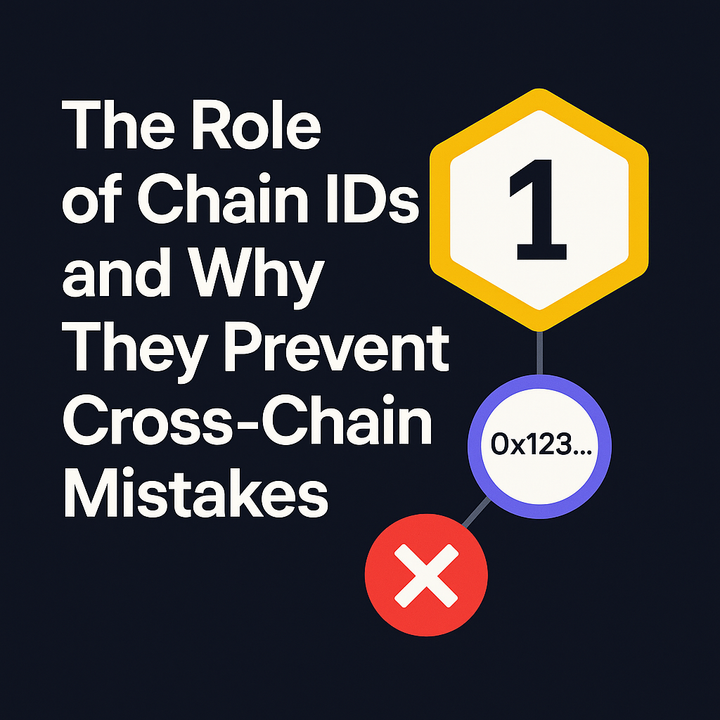Why Every Chain Will Need Programmable Liquidity

In the rapidly evolving world of blockchain technology, liquidity is the lifeblood that fuels decentralized ecosystems. Programmable liquidity, the ability to dynamically manage and allocate liquidity through smart contracts, is emerging as a transformative force for blockchain networks. As decentralized finance (DeFi), non-fungible tokens (NFTs), and cross-chain interoperability gain traction, the demand for efficient, flexible, and automated liquidity solutions is skyrocketing.
This article examines why every blockchain will require programmable liquidity to thrive, focusing on three key areas: enhancing capital efficiency, enabling cross-chain interoperability, and supporting innovative use cases. By delving into these areas, we’ll uncover how programmable liquidity is poised to redefine the future of decentralized networks.
Enhancing Capital Efficiency
Capital efficiency is a critical metric in DeFi and blockchain ecosystems, determining how effectively assets are utilized to generate returns. Traditional liquidity provision, as seen in automated market makers (AMMs) like Uniswap, often requires users to lock significant amounts of capital across a wide price range, leading to inefficient use of funds and issues such as impermanent loss. Programmable liquidity addresses these challenges by allowing liquidity providers (LPs) to allocate capital dynamically based on market conditions.
For instance, protocols like Balancer and Curve enable LPs to create custom liquidity pools with specific parameters, such as concentrated liquidity within narrow price ranges or weighted asset allocations. This precision reduces capital waste and maximizes returns. Moreover, smart contracts can automatically adjust liquidity based on real-time data, such as trading volume or price volatility, ensuring optimal utilization. Data from DeFi Pulse shows that protocols leveraging programmable liquidity, like Uniswap V3, have seen up to 4,000x capital efficiency improvements compared to earlier AMM models.
By enabling LPs to fine-tune their strategies and automate adjustments, programmable liquidity minimizes risks and boosts profitability. For blockchain networks, this means attracting more liquidity providers, deepening market liquidity, and fostering a more robust ecosystem. Without programmable liquidity, chains risk lagging behind as users flock to platforms offering superior capital efficiency.
Enabling Cross-Chain Interoperability
As the blockchain landscape fragments into numerous layer-1 and layer-2 solutions, interoperability has become a pressing need. Programmable liquidity is a cornerstone for seamless cross-chain interactions, allowing assets and liquidity to flow effortlessly between disparate networks. Without it, liquidity silos (where assets are trapped on specific chains) hinder scalability and user adoption.
Cross-chain bridges and protocols like LayerZero and Chainlink CCIP are integrating programmable liquidity to facilitate asset transfers and liquidity sharing. For example, a liquidity pool on Ethereum could dynamically allocate funds to a Polygon-based pool when arbitrage opportunities arise, all governed by smart contracts. This fluidity ensures that liquidity follows demand, reducing fragmentation and enhancing market efficiency. According to a 2024 report by Messari, cross-chain DeFi protocols with programmable liquidity mechanisms saw a 300% increase in transaction volume year-over-year, underscoring their growing importance.
Programmable liquidity also mitigates risks associated with cross-chain operations, such as bridge exploits, by enabling automated risk management. Smart contracts can monitor bridge activity, pause suspicious transactions, or reallocate liquidity to safer routes. For blockchain networks, supporting programmable liquidity is essential to participate in the multi-chain future, ensuring they remain competitive and accessible to users across ecosystems.
Supporting Innovative Use Cases
Programmable liquidity unlocks a plethora of innovative use cases that extend beyond traditional DeFi. By allowing developers to create tailored liquidity solutions, it fosters experimentation and drives adoption across diverse sectors like gaming, NFTs, and decentralized governance.
In the NFT space, programmable liquidity enables fractionalized ownership and dynamic pricing models. Platforms like NFTfi use smart contracts to create liquidity pools for NFT lending, where assets can be collateralized and traded without requiring full ownership transfers. This democratizes access to high-value NFTs and boosts market liquidity. Similarly, in gaming, play-to-earn (P2E) ecosystems like Axie Infinity rely on programmable liquidity to manage in-game economies, ensuring stable token prices and rewarding player participation.
Moreover, programmable liquidity supports decentralized autonomous organizations (DAOs) by enabling dynamic treasury management. DAOs can use smart contracts to allocate liquidity to strategic investments or community initiatives, optimizing resource distribution. For instance, Aave’s DAO leverages programmable liquidity to manage protocol funds, enhancing governance efficiency. These use cases demonstrate how programmable liquidity empowers chains to support cutting-edge applications, attracting developers and users alike. Chains that lack this capability risk becoming irrelevant as innovation accelerates.
Conclusion
Programmable liquidity is not a luxury but a necessity for blockchain networks aiming to thrive in the decentralized future. By enhancing capital efficiency, it ensures that assets are utilized optimally, attracting liquidity providers and deepening markets. Its role in enabling cross-chain interoperability breaks down liquidity silos, fostering a connected multi-chain ecosystem. Additionally, by supporting innovative use cases, it drives adoption across diverse sectors, from NFTs to gaming and governance. Together, these benefits position programmable liquidity as a foundational pillar for scalable, competitive, and innovative blockchain networks.
As the blockchain industry evolves, one question looms large: Will chains that fail to adopt programmable liquidity be able to keep pace with the demands of a dynamic, interconnected ecosystem? The answer lies in their ability to embrace this transformative technology. In conclusion, programmable liquidity is the key to unlocking the full potential of decentralized networks, ensuring they remain resilient, efficient, and ready for the challenges of tomorrow.



Comments ()